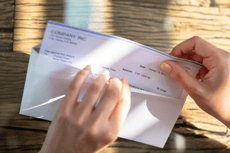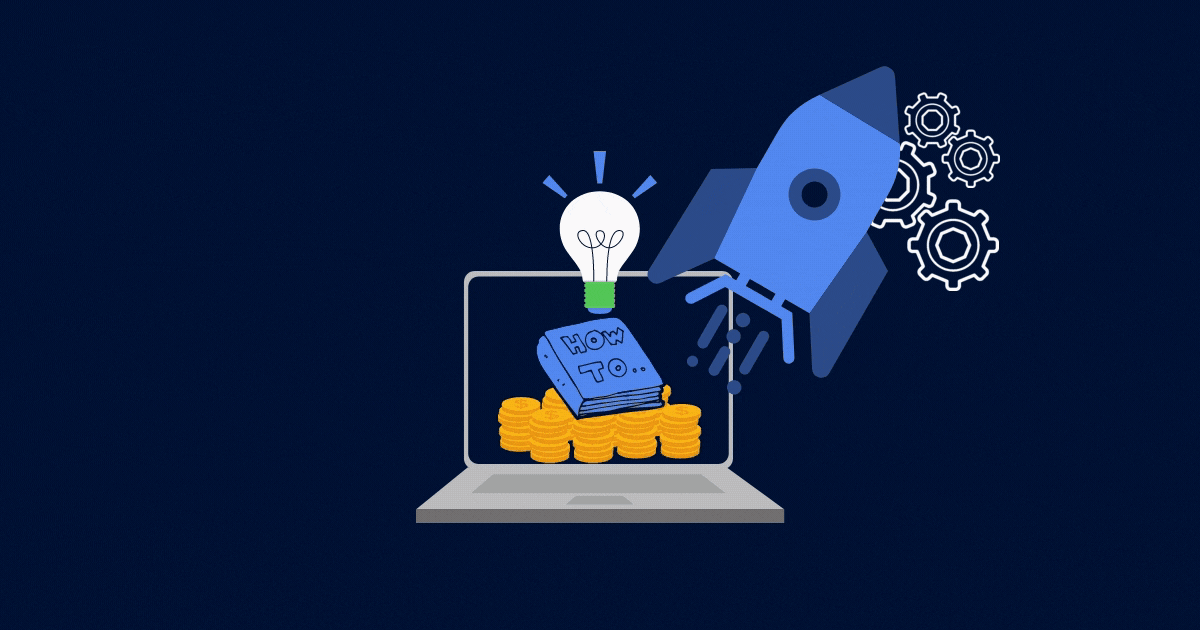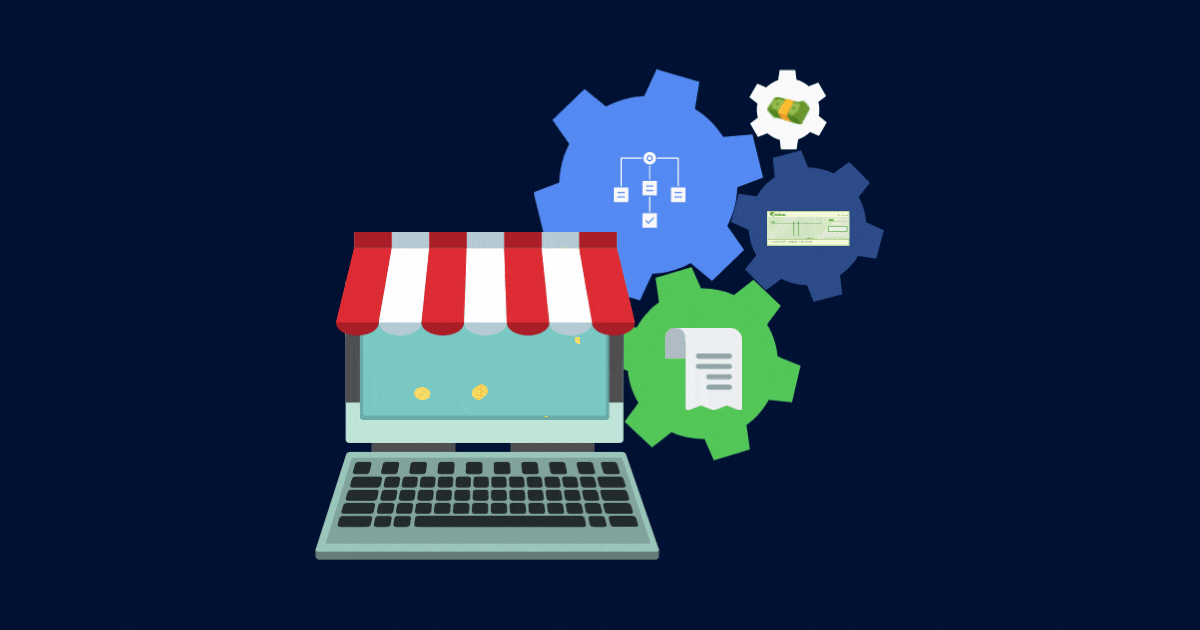
In the years after World War II, checks became ubiquitous. People used them to pay for anything from their groceries to their vendors. A lot has changed since the 1950s – people use smartphones to access information anywhere, cars can now run on electric power, and we are experimenting with technologies like 3D printing. One thing has remained the same, however, and that is the usage of checks to pay for business expenses.
Is writing a check safe?
No payment method is 100% fraud-proof, but with proper handling, checks are an extremely safe banking method. Most notably, checks offer a paper trail, so they’re usually the payment vehicle for big purchases, like a down payment on a home or an IRS tax bill.
Do businesses still write checks?
Paper check use accounted for 81 percent of U.S. B2B payments in 2004, for example, but they represented just 42 percent of such payments by the end of 2019. However, data from a March 2020 survey found that 81 percent of businesses still pay other firms via paper checks, making it the most common B2B payment method.
What is replacing check usage?
Credit cards, debit cards cards, ACH transfers.
Top reasons to stop using business checks
Until recently, businesses haven’t had many alternatives to checks. Now, however, there are new technologies that enable companies to make payments in an automated, more secure, and faster way. It’s time to stop using checks, and here’s why.
1. Checks are the most likely payment type to be targeted for fraud
According to the 2017 AFP Payments Fraud and Control Survey, checks are, and have historically been, the payment method most often targeted by fraudsters. In fact, 75% of the organizations that were victims of fraud attempts or attacks in 2016 experienced check fraud. A whopping 74% of organizations were victims of payments fraud in 2016, which means that the majority of businesses were victims of check fraud. Whether they are making alterations, creating duplicates, stealing check books and committing forgery, or stealing identities to cash legitimate checks in the wrong bank account, fraudsters have figured out how to use checks to scam businesses out of their money.
2. Checks require hours of administration and manual data entry
Checks are from a by-gone era of manual data entry. In many other areas of business, manual entry has been reduced or eliminated entirely, and it’s time to do the same for checks. With checks, bookkeepers, business owners, and executives must all spend several hours or even days per month entering payment information onto checks, signing checks, and mailing checks to the recipient. Once the payment is made, bookkeepers must spend another several hours manually entering payment data into the accounting software. Does this process sound inefficient? There is a better way – new online payment providers remove all of the manual data entry from the payment process, saving businesses time and money.
3. They require an administrator to be physically present
One of the benefits of running a business in today’s digital world is that leaders can do many tasks remotely. Business owners no longer need to be physically present to have insight into sales performance, operating costs, and product development… but they do need to be present to write or sign checks. Many business owners assume that their physical presence is the cost of having oversight over payments and cash flow, but this is no longer true. New online payment platforms give business owners the ability to monitor and approve all payments remotely, which provides them with both the ability to work from anywhere and retain full control over all of their business payments.
4. Checks cost more than you think
Many businesses have the perception that checks are free, or that they cost almost nothing. This notion, however, is a misconception. In fact, the average cost of a check ranges anywhere from $4-$20 once you include the cost of the check, postage, and other fees. For businesses that pay several vendors a month with checks, this is a significant cost. It’s time to wake up to the real prices you are paying and find other payment solutions that will save you money.
How to switch from business checks to echecks
-
Find a software solution that makes electronic payments
There are many solutions to meet the different needs of each business. Identify what features matter most to you and purchase or subscribe to the solution that works best for your business.
-
Request authorization from your vendors
You’ll need the account information of your vendors in order to process an echeck, or electronic payment. You can do this through an online payment form, banking form or by manually recording their account details.
-
Set up the electronic payments
In your software solution, input all the vendor account details including amount owing and date you’d like to make the payment. You can also set up payments to be issued one time, or on a recurring basis.
-
Make the payment
Once all the inputs have been entered, you can submit the payment to be debited from your bank account. Echecks are processed through the Automated Clearing House (ACH).
-
Vendor receives the payment
Depending on the payee’s bank account, echeck payments are typically received within 2 to 5 business days. As of 2022, the National Automated Clearing House Association (NACHA) is committing to reduce payment time to as fast as same-day payment.
Chances are, you aren’t using very many other 70-year-old technologies in your business, so why are you still using checks? Save yourself the headaches of fraud, high costs, and needless administration, and stop using checks today.












